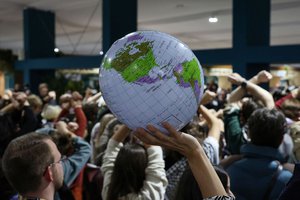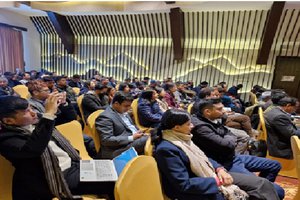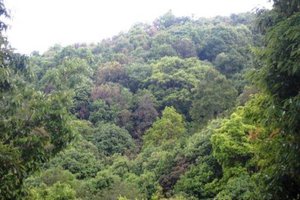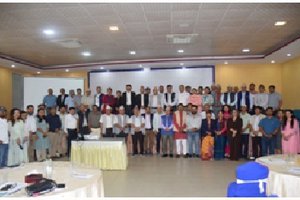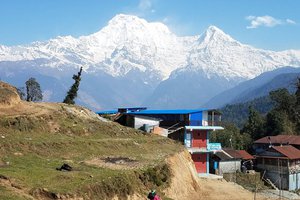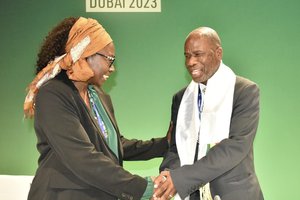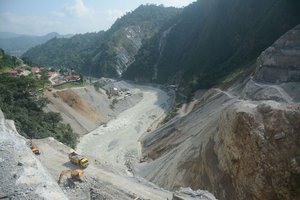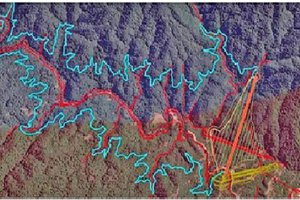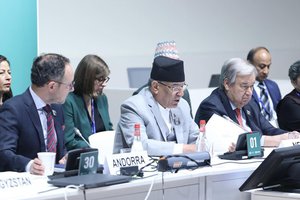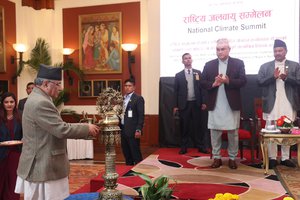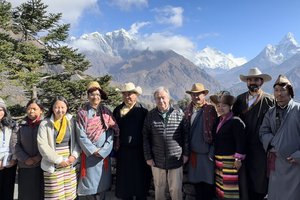Batu Uprety
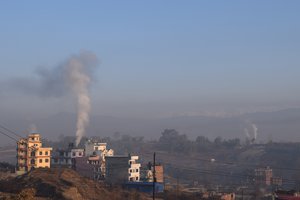
Over Five Decades Of Concern On Air Pollution
After two decades, Nepal shared another National Report, prepared for the UN Conference on Environment and Development, held at Rio de Janeiro in June 1992. The report informed the international community that "the emission from the increasing number of vehicles, brick kilns and cement factories result in a thick layer of smog over the Valley throughout the year except during the monsoon". It committed to develop a more comprehensive strategy on allowable standards on air, including other pollution, by covering major polluting sources.
By Batu Uprety Jan 16, 2025
Damaging The Functional EIA Track
Nepal started assessing environmental impacts of the environmentally sensitive large development projects since late 1980s and advanced the use of this tool through the EIA Guidelines, and separate EIA Guidelines for forestry and industry sectors since 1993 and 1995 respectively.
By Batu Uprety Dec 22, 2024
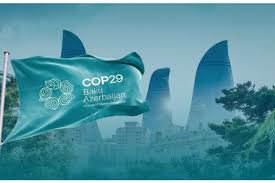
Baku CoP29 Outcomes And Nepal's Initiatives
Published news also inform that Hon'ble Minister instructed the Nepalese delegation team for a meaningful participation and noted active participation of the team in different agenda items with focus on finance, loss and damage, transparency, carbon trade, capacity building and technology, and mitigation under the coordination of the Joint-Secretaries, and gender and social inclusion at Under-Secretary level.
By Batu Uprety Nov 26, 2024

Recalling the Initiatives for Baku Climate Conference
The climate change focal ministry – Ministry of Forests and Environment (MoFE) – is organising a one-day national conference on climate change on 26 October 2024 to discuss on loss and damage, mountains and climate finance for Nepal’s meaningful participation at CoP 29.
By Batu Uprety Oct 24, 2024
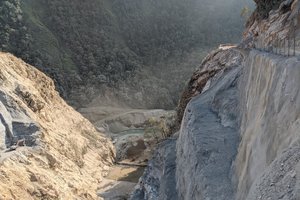
Improvement Of EIA Report: Need For A Clarity
As understood from the last four-and-half decades, EIA report is multi-stakeholder owned. Although the project proponent prepares it, project beneficiaries and affected communities are well informed about the benefits and adverse impacts of the project on the environment, people and resources and proposed measures to enhance beneficial and mitigate the adverse impacts.
By Batu Uprety Aug 11, 2024
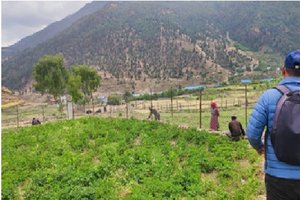
Adaptation Journey Through LAPAs
The call of the UN Framework Convention on Climate Change to prepare for adaptation, support in meeting the costs of adaptation to address climate change impacts, and largely to operationalise the Article 4.9 of the Convention (related to funding and technology support to the LDCs),
By Batu Uprety Jul 11, 2024
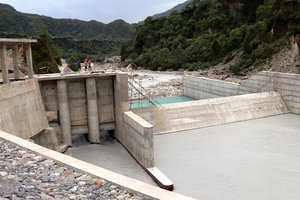
Revisiting The EIA Report
The EIA reports are prepared for the prescribed projects, and legally approved to make the project environment-friendly and sustainable.Almost all countries have internalised the use of EIA tool for the environmentally sensitive projects and have enjoyed with the outcome of such a study to timely address project-specific environmental impacts
By Batu Uprety May 15, 2024
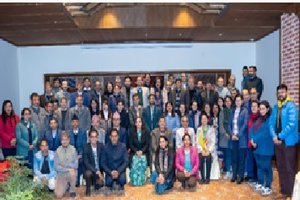
Advancing Need-Based Adaptation Options
Urgency of implementing adaptation options was further realised at the global level. In 2010, Parties to the UNFCCC decided to prepare and implement the National Adaptation Plan (NAP) with the aim of addressing medium and long-term adaptation needs in the developing countries. As of CoP28, 51 developing country Parties to the UNFCCC, including Nepal have prepared NAPs.
By Batu Uprety Jan 14, 2024
Latest Updates
- Minister Dahal Directed To Complete The Dannune Portion Of Road Before Monsoon
- 14 hours, 58 minutes ago
- RPP To Hold Protest In Restricted Areas Of Kathmandu On April 20
- 16 hours, 14 minutes ago
- Earthquake Rocks Kathmandu Valley
- 2 days, 15 hours ago
- Prof Dr Khadga KC assigned responsibility of TU Vice Chancellor
- 2 days, 16 hours ago
- It Is Time For The Congress To Take A Wise Decision: Dr. Koirala
- 4 days, 15 hours ago
- Dozens Police Personal Injured In Violent Clashes In Birgunj
- 5 days, 15 hours ago
- If there is a delay in reviewing the constitution, the streets will become even more angry: Shekhar Koirala
- 6 days, 10 hours ago
- Minister of State for Energy seeks clarification from Secretary Acharya
- 1 week ago
- Durga Prasai Surrenders to Assam police in India
- 1 week ago
- Teachers Are Protesting On The Streets Of Kathmandu
- 1 week, 1 day ago
